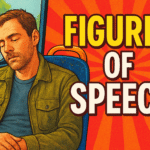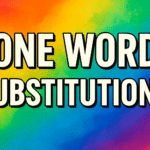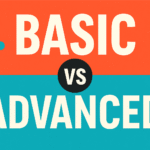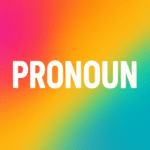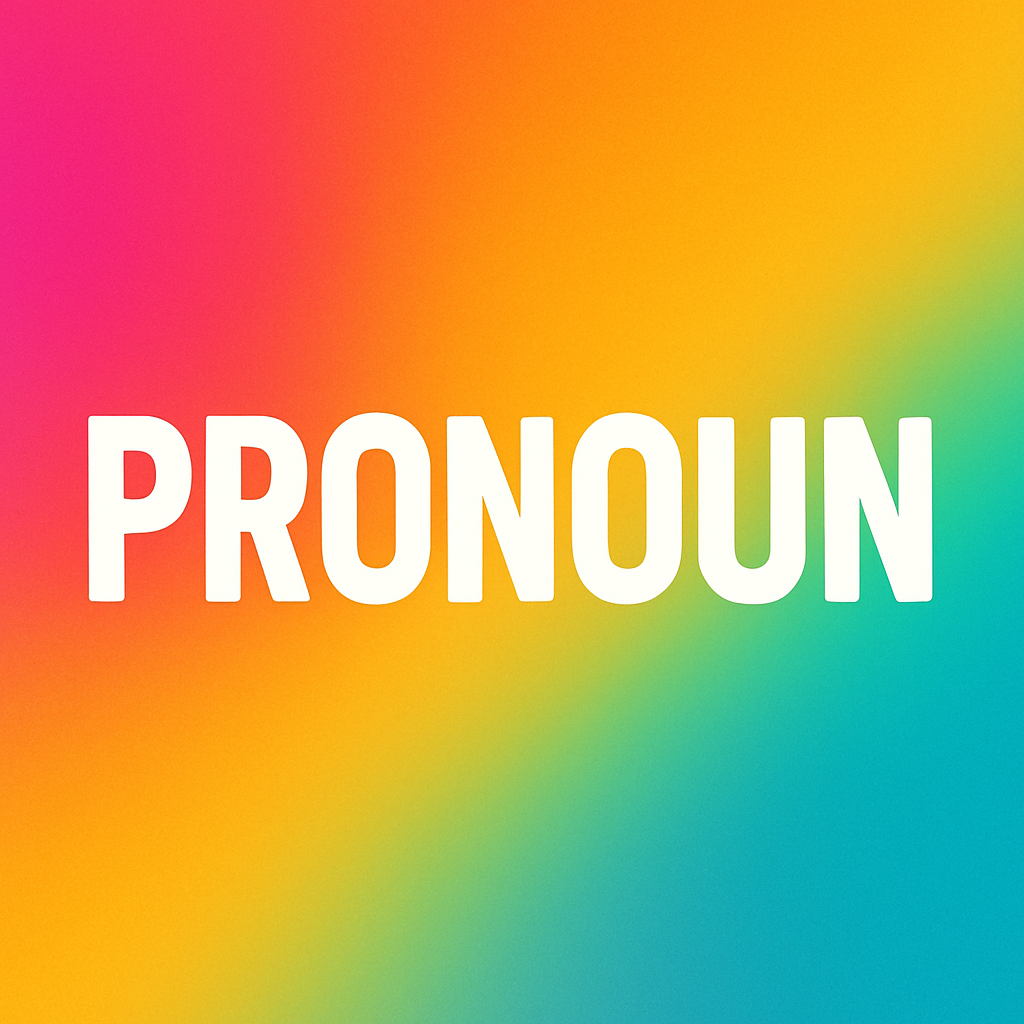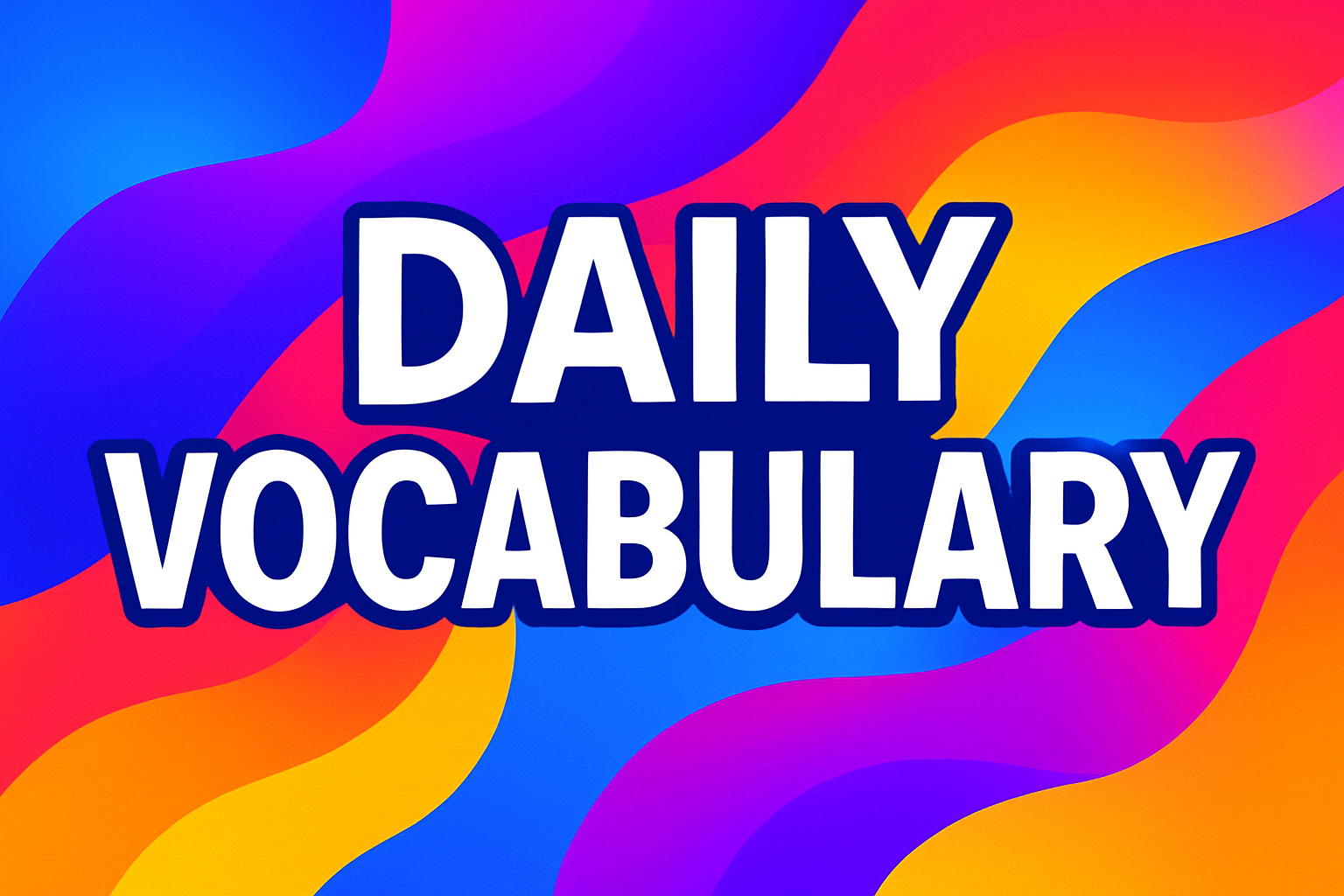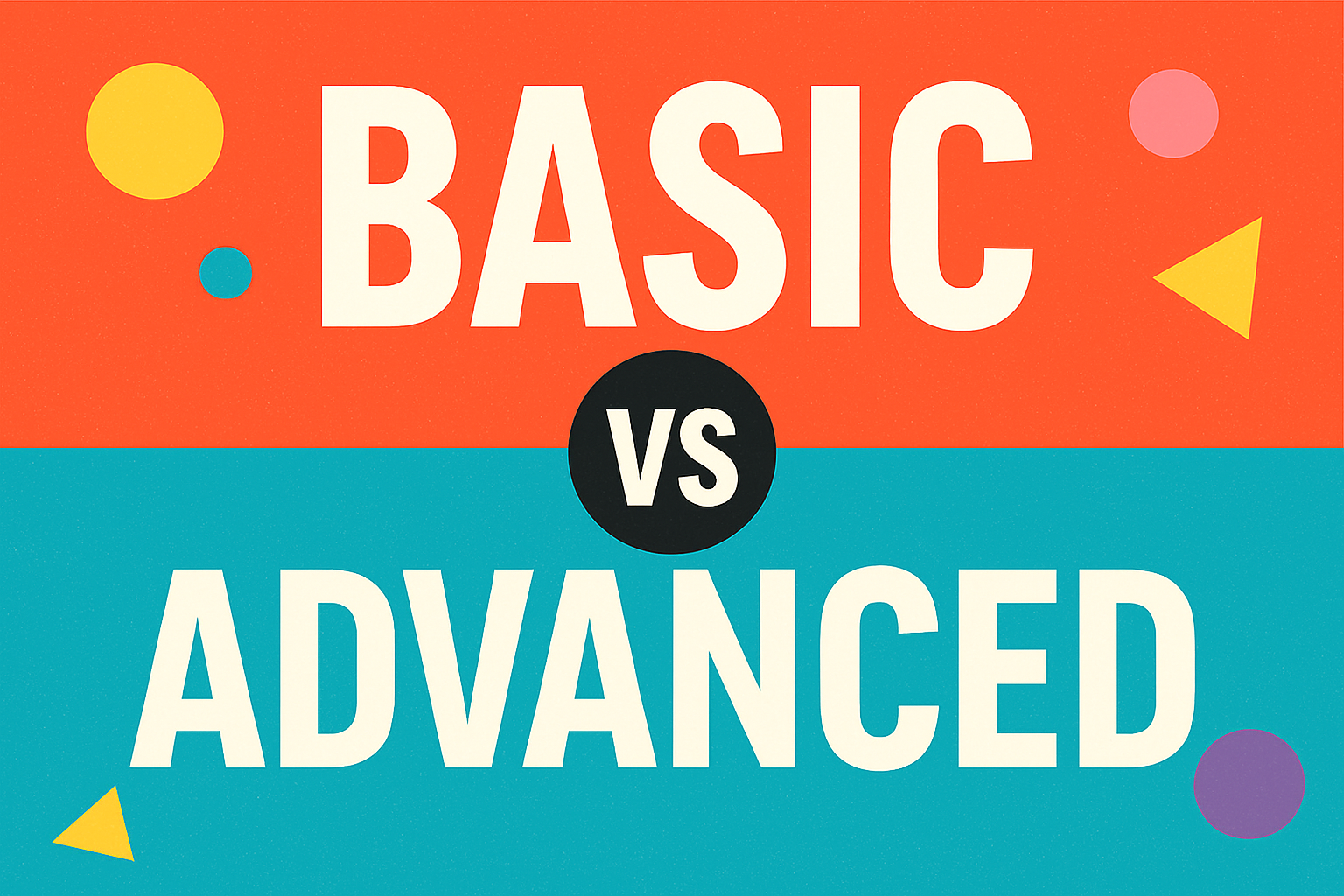Pronouns are words that replace nouns or noun phrases to avoid repetition, make sentences clearer, and improve flow. They refer to people, places, things, or ideas mentioned elsewhere in the discourse. Below is a comprehensive explanation of pronouns, their types, and examples for each category.
What is a Pronoun?
A pronoun stands in for a noun, called its antecedent, to prevent redundancy. For example, instead of saying, “Sarah went to Sarah’s car because Sarah’s car was parked far away,” pronouns allow us to say, “Sarah went to her car because it was parked far away.”
Types of Pronouns
There are several types of pronouns, each serving a specific function. Below, I’ll explain each type with examples.
1. Personal Pronouns
Personal pronouns refer to specific people or things and change depending on number (singular/plural), person (first, second, third), gender, and case (subject, object, possessive).
- Subject Pronouns: Used as the subject of a sentence.
- I, you, he, she, it, we, they
- Example: She runs every morning.
- Object Pronouns: Used as the object of a verb or preposition.
- Me, you, him, her, it, us, them
- Example: The teacher gave him a book.
- Possessive Pronouns: Show ownership and stand alone.
- Mine, yours, his, hers, its, ours, theirs
- Example: The blue car is mine.
- Possessive Adjectives (sometimes grouped with pronouns): Indicate ownership but modify a noun.
- My, your, his, her, its, our, their
- Example: This is my phone.
Table of Personal Pronouns:
| Person | Subject | Object | Possessive Pronoun | Possessive Adjective |
|---|---|---|---|---|
| 1st Singular | I | Me | Mine | My |
| 2nd Singular | You | You | Yours | Your |
| 3rd Singular | He/She/It | Him/Her/It | His/Hers/Its | His/Her/Its |
| 1st Plural | We | Us | Ours | Our |
| 2nd Plural | You | You | Yours | Your |
| 3rd Plural | They | Them | Theirs | Their |
Example Sentence:
- She gave me her book, and now it’s mine.
2. Reflexive Pronouns
Reflexive pronouns are used when the subject and object of a sentence are the same, or to emphasize the subject. They end in “-self” (singular) or “-selves” (plural).
- Myself, yourself, himself, herself, itself, ourselves, yourselves, themselves
- Usage:
- As objects: I taught myself to code.
- For emphasis: The CEO herself attended the meeting.
Example:
- They prepared themselves for the exam.
- I did the project all by myself.
Note: Reflexive pronouns cannot be used as subjects. Incorrect: Myself went to the store. Correct: I went to the store.
3. Intensive Pronouns
Intensive pronouns are identical to reflexive pronouns but are used to emphasize a noun or pronoun. They are not essential to the sentence’s meaning.
- Example: I myself fixed the computer.
- Example: The team themselves organized the event.
Difference from Reflexive:
- Reflexive: She cut herself (necessary for meaning).
- Intensive: She herself made the cake (emphasizes “she”).
4. Demonstrative Pronouns
Demonstrative pronouns point to specific things or people and indicate their distance (near or far) or number (singular/plural).
- This (singular, near), that (singular, far), these (plural, near), those (plural, far)
- Usage:
- Replace a noun: This is my favorite book.
- Point to something specific: Those are my shoes.
Example:
- These are better than those.
- I want that instead of this.
Note: When used before a noun (e.g., this book), they function as demonstrative adjectives, not pronouns.
5. Relative Pronouns
Relative pronouns introduce relative clauses, which describe or provide additional information about a noun (the antecedent). They connect the clause to the main sentence.
- Who, whom, whose, which, that
- Usage:
- Who: Refers to people (subject). Example: The man who called was kind.
- Whom: Refers to people (object). Example: The woman whom I met was kind.
- Whose: Shows possession (people or things). Example: The dog whose tail is long is mine.
- Which: Refers to things or animals. Example: The car which broke down was old.
- That: Refers to people, things, or animals (less formal). Example: The book that I read was great.
Example:
- The student who studies hard will pass.
- This is the house whose owner is abroad.
6. Interrogative Pronouns
Interrogative pronouns are used to ask questions about people or things.
- Who, whom, whose, what, which
- Usage:
- Who: Subject of a question. Example: Who is coming to the party?
- Whom: Object of a question. Example: Whom did you call?
- Whose: Possession. Example: Whose bag is this?
- What: Things or general information. Example: What is your name?
- Which: Specific choice. Example: Which book do you want?
Example:
- Who wrote this letter?
- Which of these is yours?
7. Indefinite Pronouns
Indefinite pronouns refer to non-specific people or things. They can be singular, plural, or both.
- Singular: Anyone, anybody, someone, somebody, everyone, everybody, no one, nobody, something, anything, nothing, everything, each, either, neither
- Plural: Both, few, many, several
- Singular or Plural: All, any, most, none, some
Examples:
- Somebody left their keys here.
- Many attended the concert.
- None of the food was wasted.
Note: Agreement with verbs and other pronouns depends on whether the indefinite pronoun is singular or plural:
- Singular: Everyone is here. Each has a ticket.
- Plural: Many are coming. Both have tickets.
8. Reciprocal Pronouns
Reciprocal pronouns indicate a mutual action or relationship between two or more subjects.
- Each other (two people), one another (more than two)
- Examples:
- They love each other. (Two people)
- The team members helped one another. (Group)
9. Distributive Pronouns
Distributive pronouns refer to members of a group individually, often emphasizing separation.
- Each, either, neither
- Examples:
- Each of the students received a prize.
- Either of the options is fine.
- Neither of them showed up.
Note: These are singular and take singular verbs.
Key Rules and Common Issues
- Pronoun-Antecedent Agreement:
- Pronouns must agree with their antecedents in number, gender, and person.
- Example: The boy lost his toy. (Singular, masculine)
- Incorrect: The team lost their game. Correct: The team lost its game. (Team is singular)
- Avoid Ambiguity:
- Ensure the pronoun clearly refers to one antecedent.
- Ambiguous: John and Mike went to the store, and he bought milk. (Who is “he”?)
- Clear: John and Mike went to the store, and John bought milk.
- Who vs. Whom:
- Use who for subjects, whom for objects.
- Trick: If you can replace with “he/she,” use who. If “him/her,” use whom.
- Example: Who called? (He called.) To whom did you speak? (I spoke to him.)
- Singular “They”:
- Used for non-specific gender or nonbinary individuals.
- Example: If someone calls, tell them I’m busy.
Examples in Context
Here’s a paragraph incorporating multiple pronoun types:
- Yesterday, I went to the store with my friend Sarah, who is always cheerful. She bought something for herself, while I picked out a gift for someone special. This was more fun than that time we went hiking, when nobody brought water. Each of us learned a lesson that day, and we promised each other to be better prepared next time.
Additional Notes
- Gender-Neutral Pronouns: Beyond “they/them,” some use pronouns like “ze/zir” or “xe/xem.” Example: Ze went to zir office.
- Pronoun Case in Compound Structures: Use the correct case in compound subjects/objects. Correct: She and I went. Incorrect: Her and me went.
- Pronouns in Formal Writing: Avoid overusing indefinite pronouns like “you” in formal contexts. Example: Instead of “You should study,” use “One should study.”

